15.03.2022
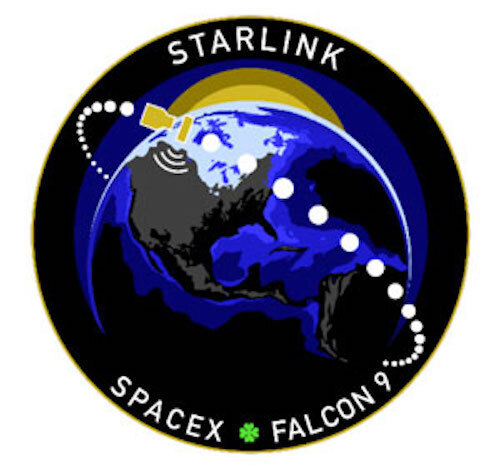
SpaceX drone ship leaves port for sixth consecutive Starlink launch
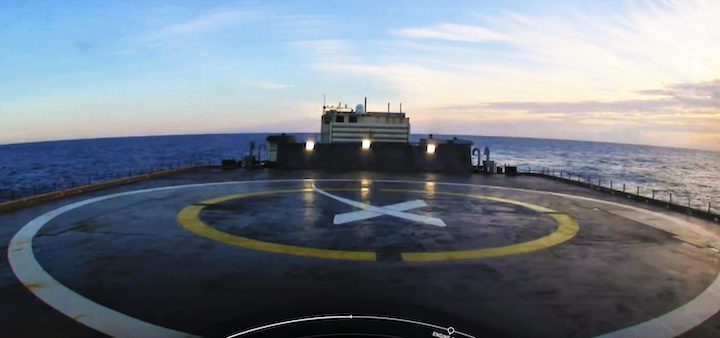
SpaceX drone ship Just Read The Instructions (JRTI) has departed Port Canaveral in anticipation of the company’s sixth consecutive Starlink launch.
Known as Starlink 4-12, the mission will be SpaceX’s sixth uninterrupted Starlink launch – just shy of the company’s record of seven Starlink launches between commercial payloads. Though SpaceX would probably prefer to avoid month-long streaks without commercial launches, the company’s ability to use its own launch capabilities to deploy its Starlink constellation means that it can maintain valuable economies of scale while simultaneously launching satellites that generate some revenue.
With approximately 200,000 active subscribers, Starlink should already be generating around ~$250 million in annual revenue – perhaps enough to pay for anywhere from five to ten Starlink launches. Viewed another way, $250M would also pay the average annual salaries of more than 2300 employees. Even if it doesn’t come close to the $1-2 billion SpaceX is likely spending annually on Starlink development, deployment, and operations, it’s still better than the alternative that all other launch providers are left with: nothing.
In theory, while they have undeniably become mundane and begun to blur together, every new Starlink launch theoretically expands the network, adding additional capacity for new users (more revenue). Starlink 4-12 will be no different and should add approximately 50 new satellites to the constellation. Aside from being SpaceX’s eighth Starlink launch of 2022 and the 40th dedicated launch of operational Starlink satellites overall, Starlink 4-12 will be the East Coast Starlink mission in a while to use a more common northeasterly trajectory.
In 2022, SpaceX chose to move to an easterly trajectory so that Falcon boosters and fairings could land near the Bahamas, where seas tend to be calmer than those in the wintry mid-Atlantic. Safer recovery weather came at the cost of a slightly less efficient launch, requiring SpaceX to remove around 4-7 Starlink satellites from each mission. In theory, Starlink 4-12 should thus return to a more nominal 52 or 53 satellites.
According to Next Spaceflight, Falcon 9 B1051 will support the mission, becoming the first SpaceX booster of any kind to attempt its 12th orbital-class launch before midnight on Friday, March 18th.
Quelle: TESLARATI
----
Update: 18.03.2022
.
SpaceX to launch reusable booster for record 12th time
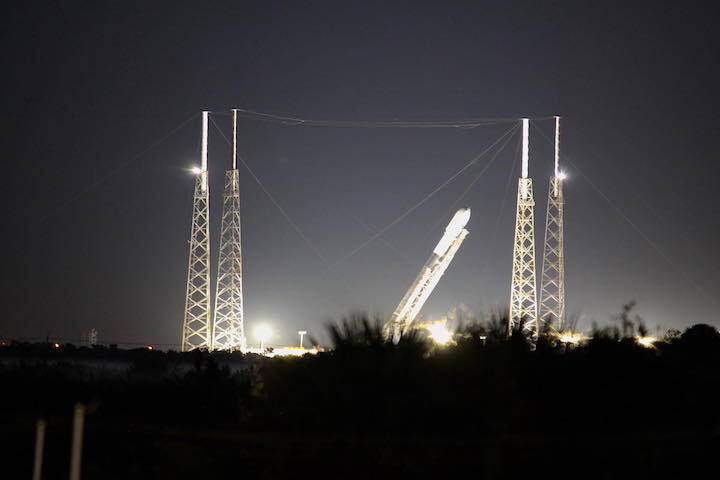
SpaceX raised a veteran Falcon 9 booster vertical on a launch pad at Cape Canaveral late Thursday, ready for a record-setting 12th mission Friday night with 53 more Starlink internet satellites.
The Falcon 9 is set to blast off from pad 40 at Cape Canaveral Space Force Station at 11:23 p.m. EDT Friday (0323 GMT Saturday).
The mission will deliver another batch of spacecraft into orbit for SpaceX’s privately-funded Starlink broadband network, the company’s sixth straight launch dedicated to lofting satellites for the internet mega-constellation.
SpaceX has a backup launch time at 12:43 a.m. EDT (0443 GMT) Saturday, followed by another pair of launch opportunities Saturday night into Sunday morning.
In the official launch weather forecast, meteorologists from the U.S. Space Force’s 45th Weather Squadron at Cape Canaveral predict a 70% chance of favorable conditions for liftoff of the Falcon 9 rocket Friday night.
“Onshore flow will prevail over the spaceport, resulting in scattered showers over the ocean with some likely moving inland,” the forecasters wrote in an outlook issued Thursday. “Therefore, the primary concern for launch day is the cumulus cloud rule.”
The launch will mark the 12th flight of a Falcon 9 booster that debuted in March 2019 with the unpiloted test flight of SpaceX’s Crew Dragon spacecraft, which paved the way for subsequent SpaceX launches with astronauts. This booster, designated B1051, has launched from all three of SpaceX’s active pads in Florida and California.
Since the Crew Dragon test flight in 2019, the booster has launched a mission with three Canadian Radarsat Earth-imaging satellites, SiriusXM’s SXM 7 radio broadcasting satellite, and eight Starlink flights.
Most recently, the rocket launched in Dec. 18 from Vandenberg Space Force Base in California, then landed on a SpaceX drone ship floating in the Pacific Ocean.
When the current version of the Falcon 9 rocket — known as the Block 5 — launched for the first time in 2018, SpaceX officials said the booster could fly 10 times before requiring major refurbishment. After watching how ground teams refurbished and reused Falcon 9 boosters — and running on a record of 119 straight successful Falcon rocket launches — SpaceX is now pushing the limits of the rocket’s life expectancy.
Three Falcon boosters have flown 11 times, and SpaceX’s most-launched booster will reach 12 missions with the next Starlink flight Friday night.
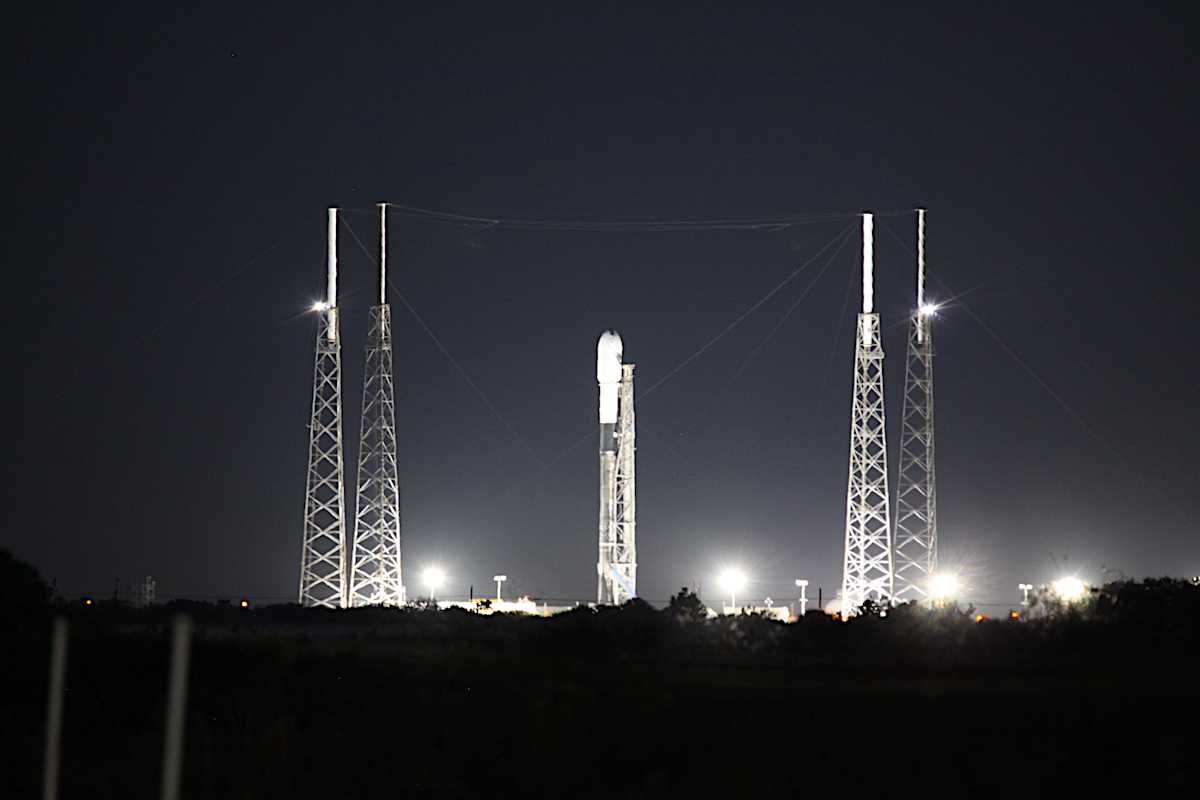
The Falcon 9 set for launch Friday night will head northeast from Cape Canaveral, ascending into space over the Atlantic Ocean with SpaceX’s new flat-packed cargo of 53 Starlink satellites.
The mission will resume SpaceX’s practice of launching Starlink satellites on paths northeast from Florida’s Space Coast. Since the beginning of the year, SpaceX has launched Starlink missions to the southeast in hopes of better odds that weather and sea conditions would be more favorable for landing of the Falcon 9 booster on an offshore drone ship.
SpaceX said it would fly Starlink missions to the southeast in winter months, placing the rocket landing platform in the Atlantic Ocean northeast of the Bahamas. The trajectory requires the Falcon 9’s second stage to perform an in-flight steering maneuver to ensure the rocket does not fly over Bahamian territory.
The steering maneuver, or “dog-leg,” used up some of the Falcon 9’s lift capacity, limiting its cargo to fewer than 50 Starlink satellites on launches heading southeast. With the change back to launching toward the northeast, the Falcon 9 can carry a full load of 53 Starlink satellites.
While the Falcon 9 rocket’s first stage returns to Earth for an offshore landing east of the Carolinas, the second stage will fire its single engine to reach a preliminary transfer orbit. Another burn about 45 minutes after liftoff will aim to place the Starlink satellites into an orbit at an altitude between 189 miles and 197 miles (304-by-318 kilometers), with an inclination of 53.2 degrees to the equator.
The Starlink satellites will extend solar arrays and use on-board ion thrusters to reach their operational orbit at an altitude of 335 miles (540 kilometers), where they will enter commercial service for SpaceX.
SpaceX has launched 2,282 Starlink satellites to date, and the launch of 53 more will bring that number to 2,335. Around 2,033 of those satellites are still in orbit and appear to be working, and the rest have either failed or fallen out of orbit, according to a list maintained by Jonathan McDowell, an astrophysicist who closely tracks spaceflight activity.
That’s nearly five times the number of satellites currently flying in the second-largest fleet of spacecraft — the internet constellation owned by Starlink rival OneWeb. In third place is Planet, which operates a fleet of more than 200 small Earth-imaging satellites.
SpaceX is in the midst of launching around 4,400 Starlink satellites into five orbital “shells” more than 300 miles above Earth. The shells are positioned at different inclinations, and SpaceX completed launches of the first of the five Starlink groups last May.
Ultimately, SpaceX intends to launch as many as 42,000 internet satellites. The final figure hinges on market demand for the Starlink service, which offers high-speed, low-latency connectivity.
SpaceX says the service is best suited for customers in remote, hard-to-reach areas, such as rural communities, isolated homes, islands, and ships. SpaceX has also partnered with the U.S. military to demonstrate Starlink connectivity to airplanes.
Quelle: SN
----
Update: 19.03.2022
.
Start von SpaceX’s 40th Starlink v1.0 mission and 41th Starlink launch
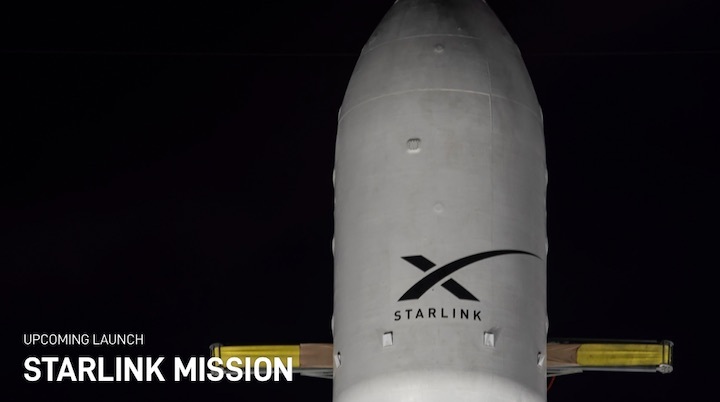
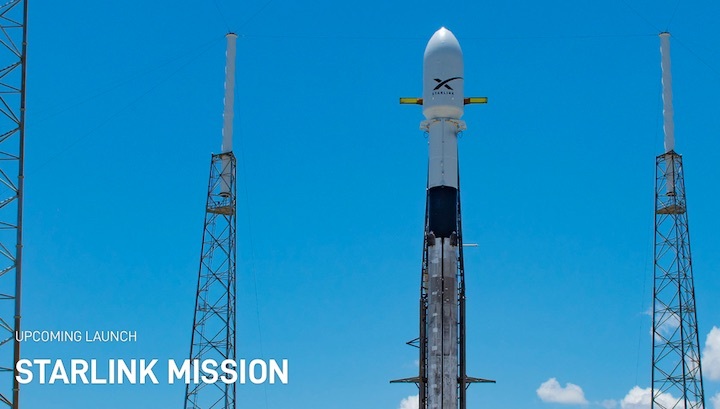
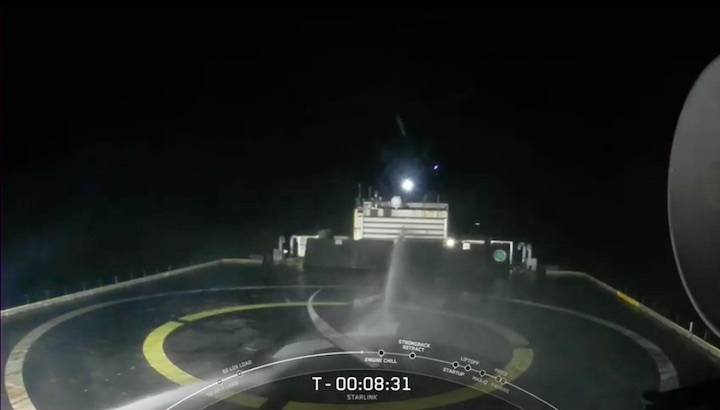
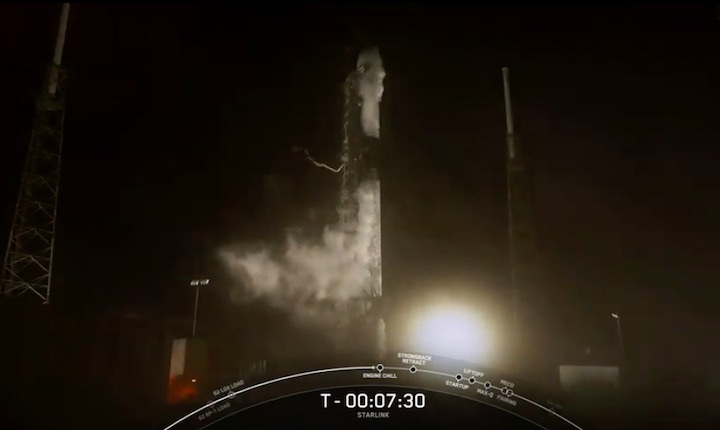
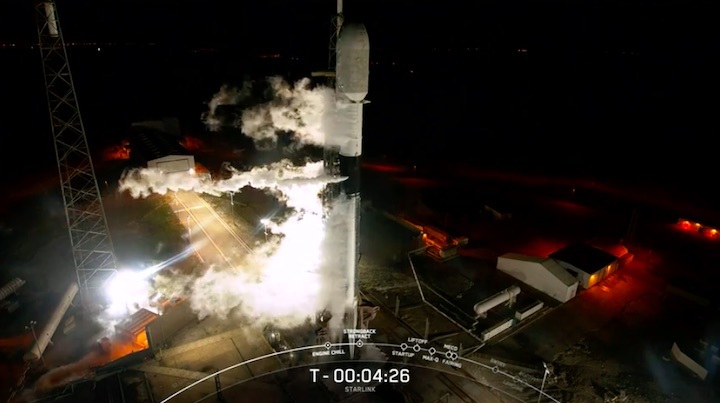
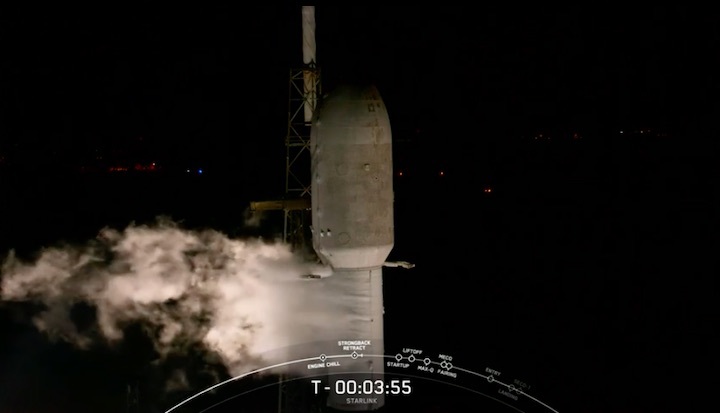

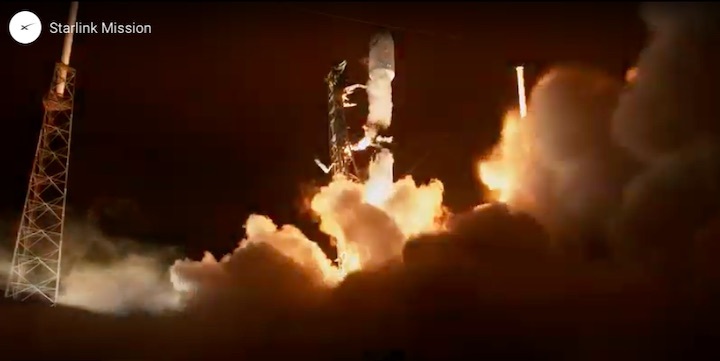
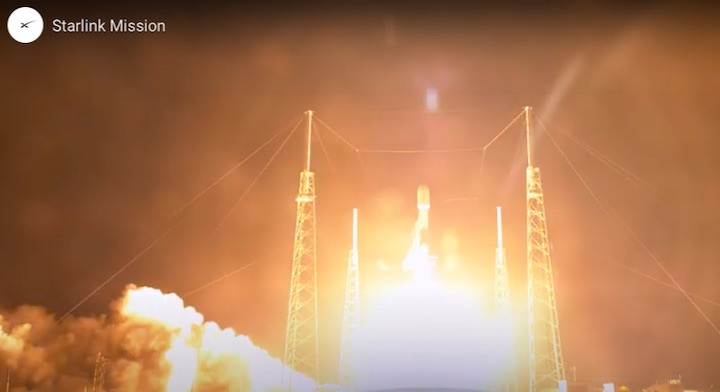
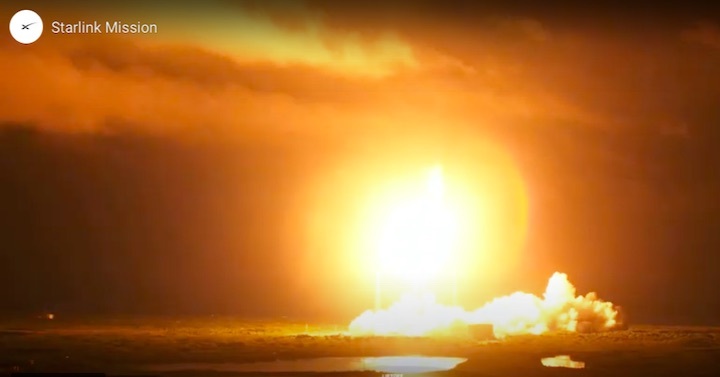
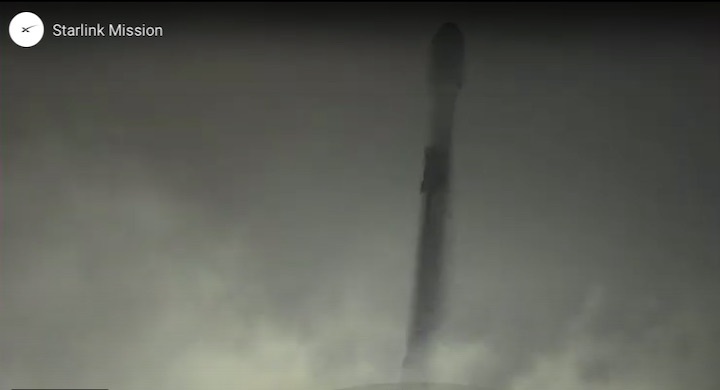
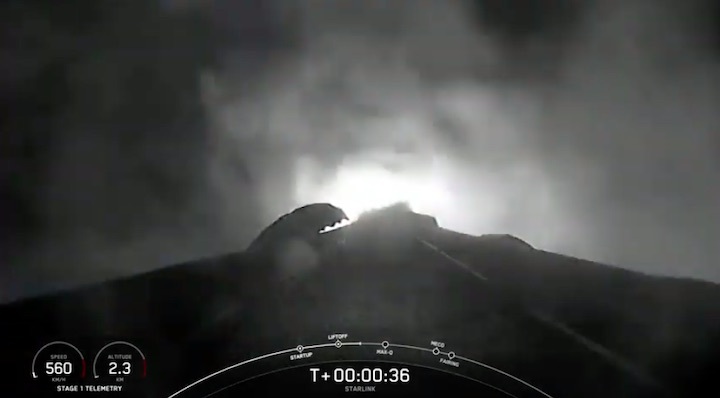
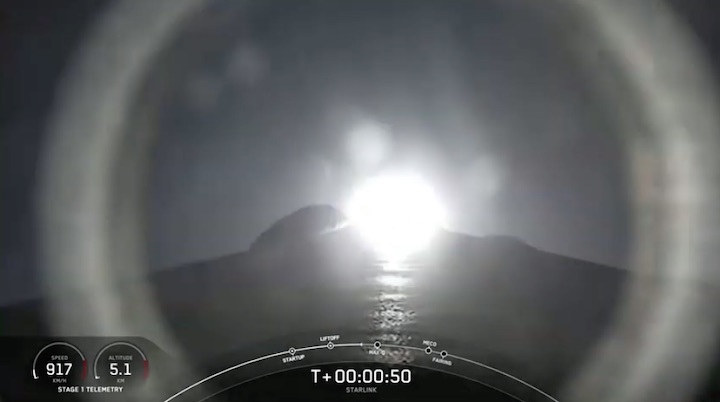
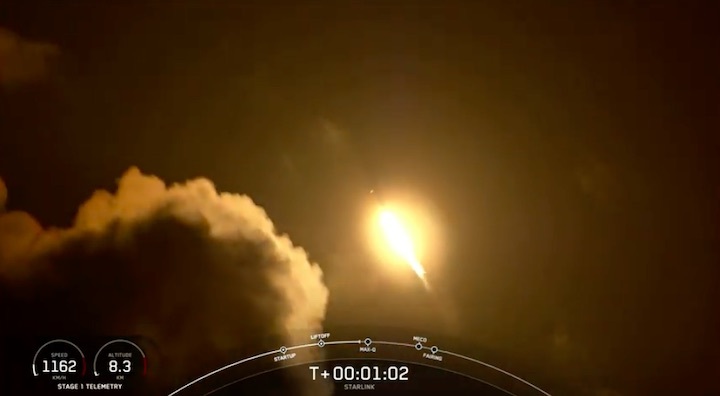
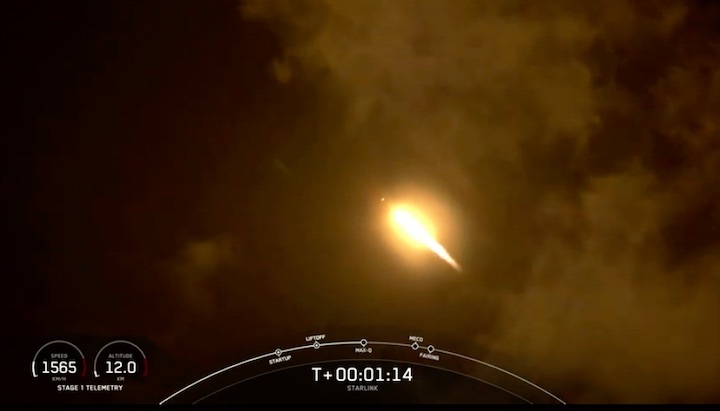
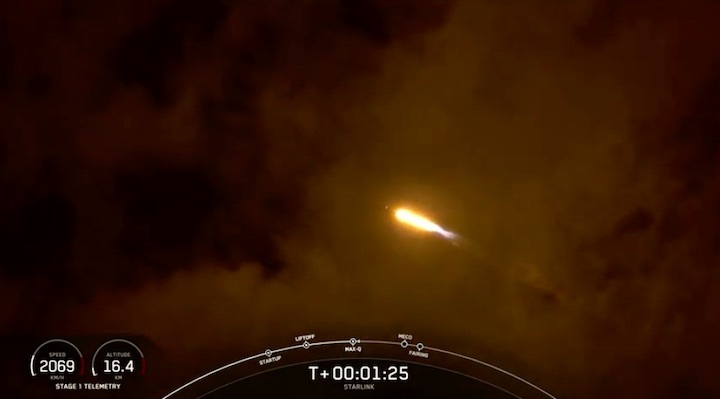
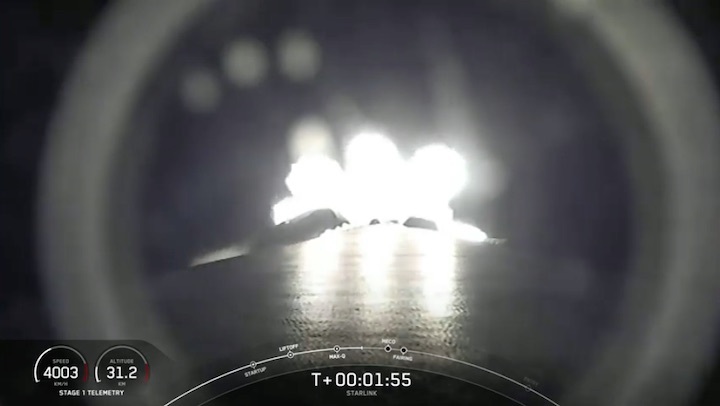
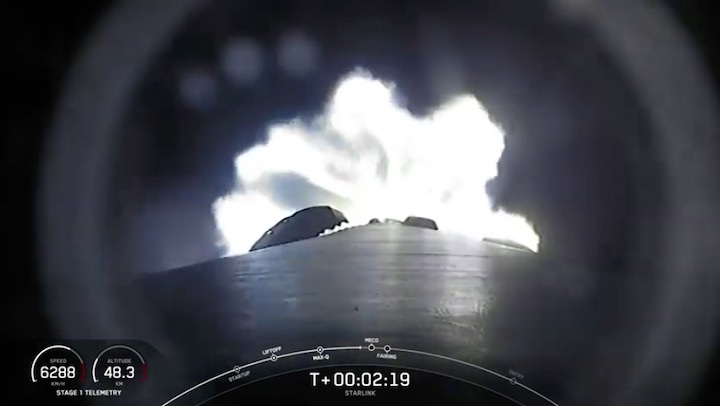
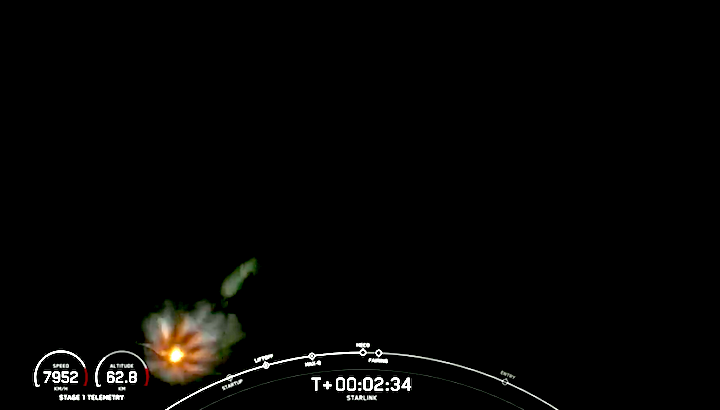


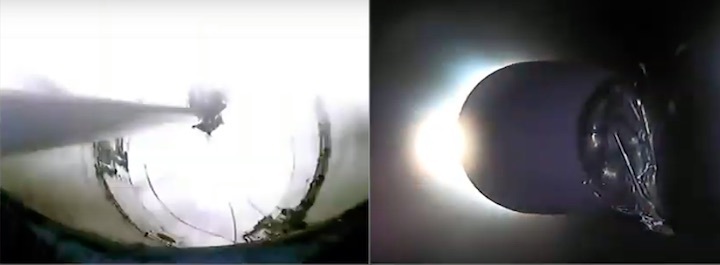
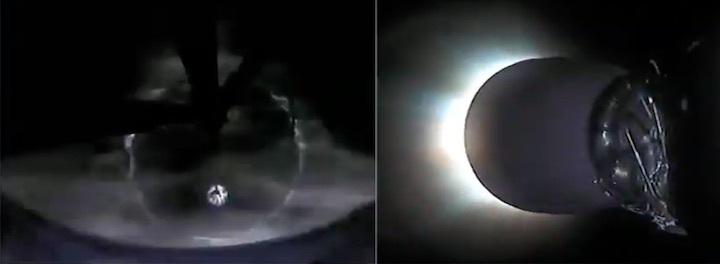
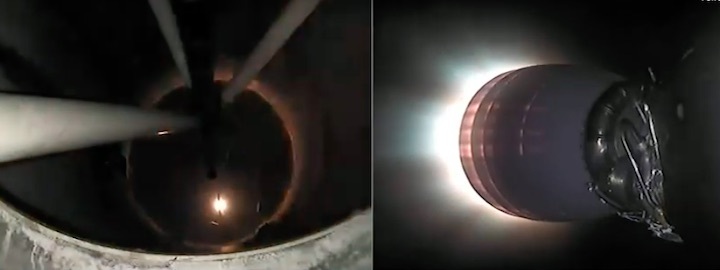

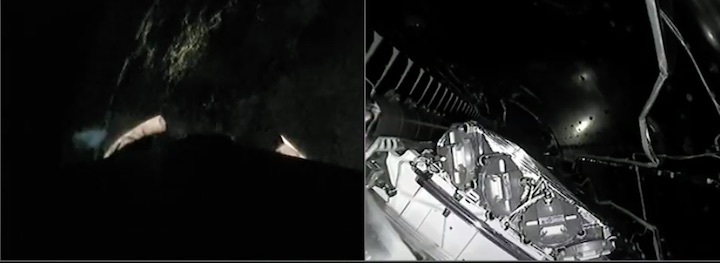
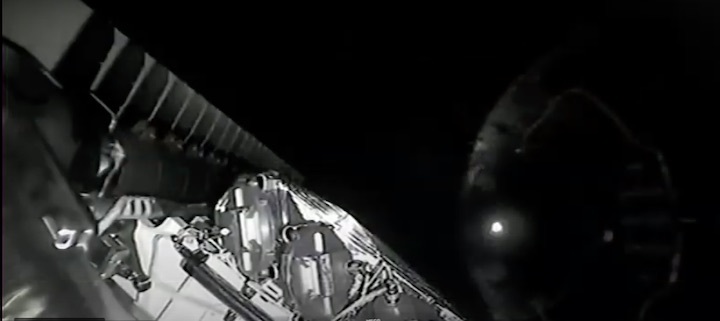
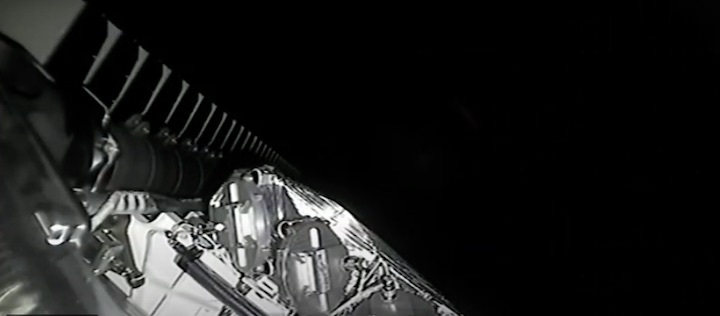
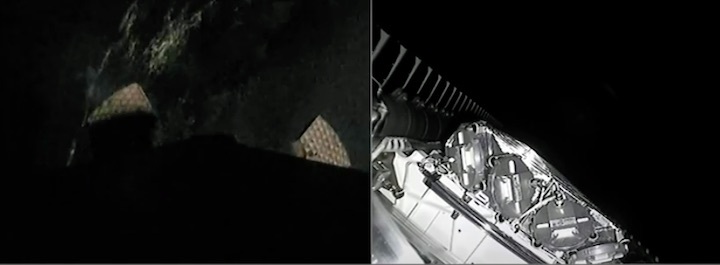
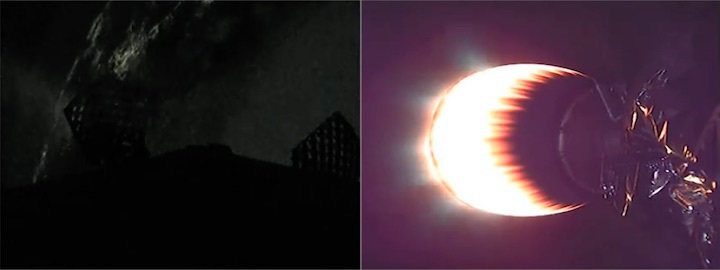
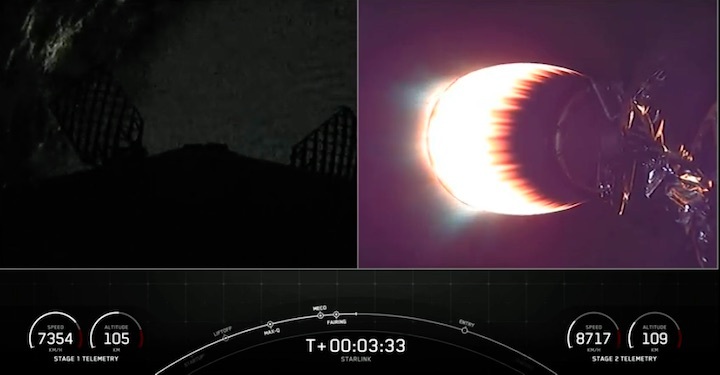
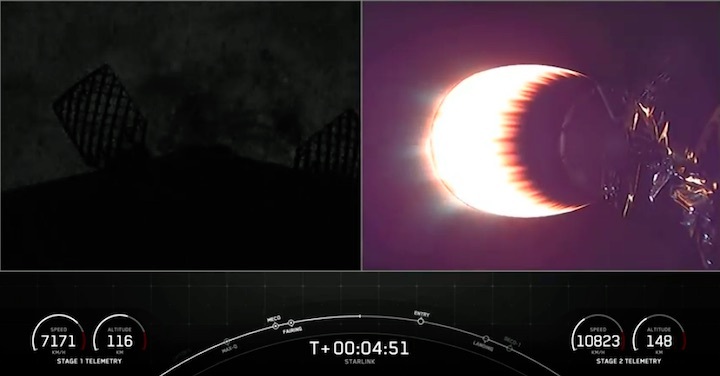
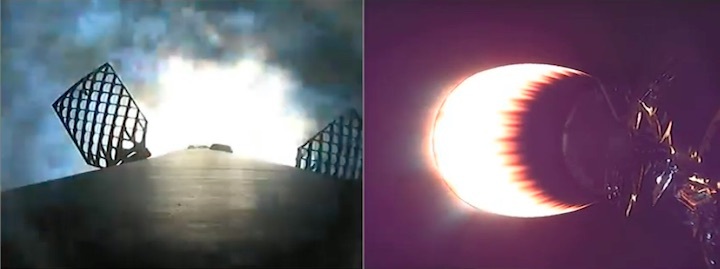
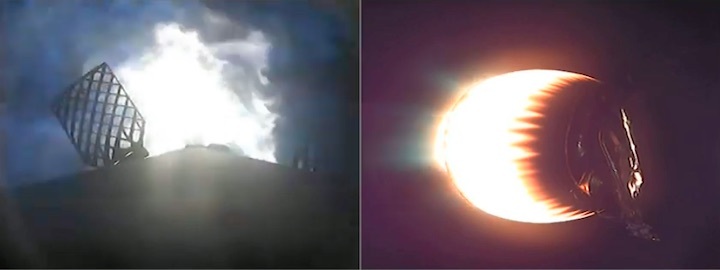
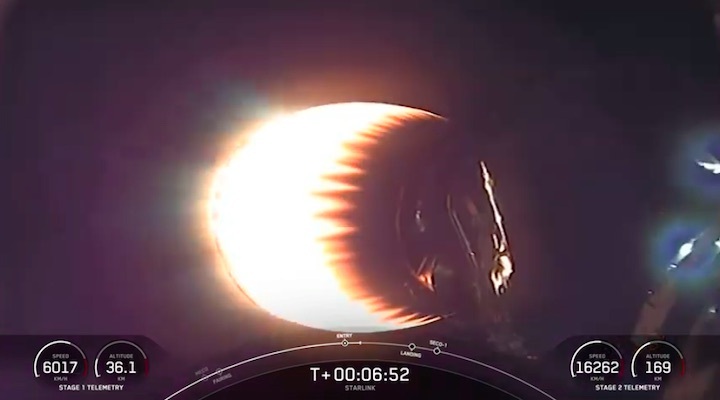
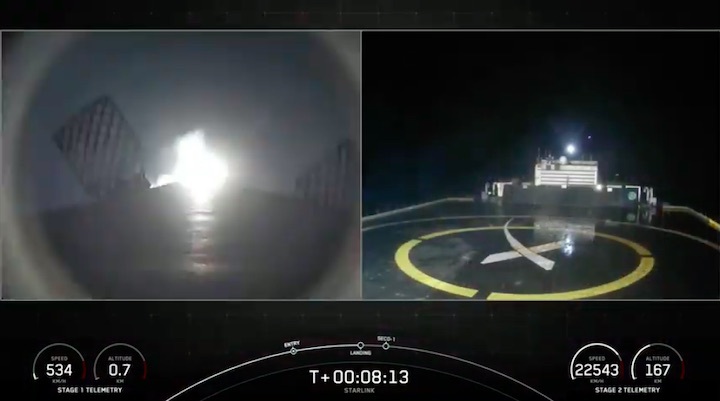


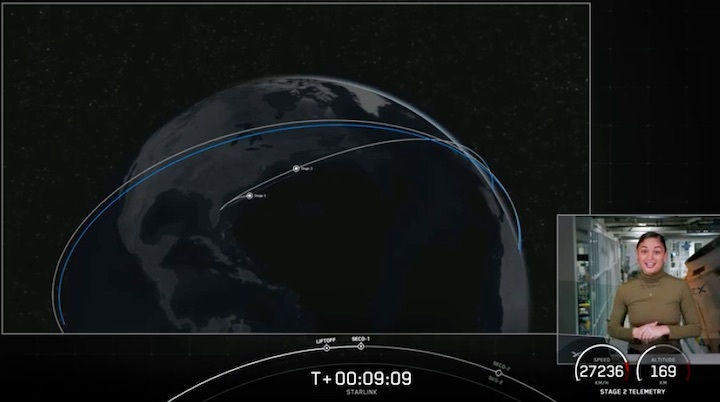
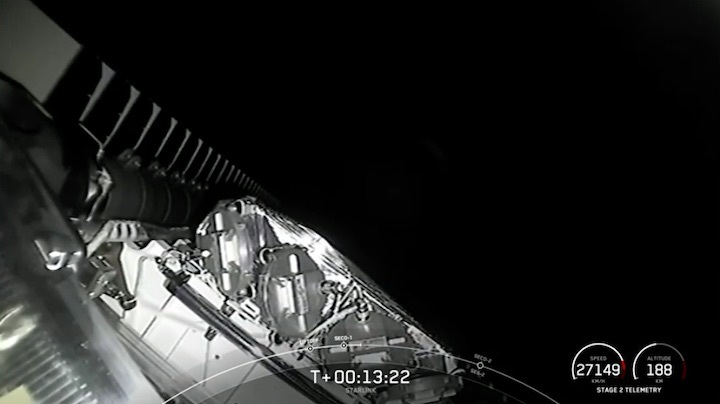
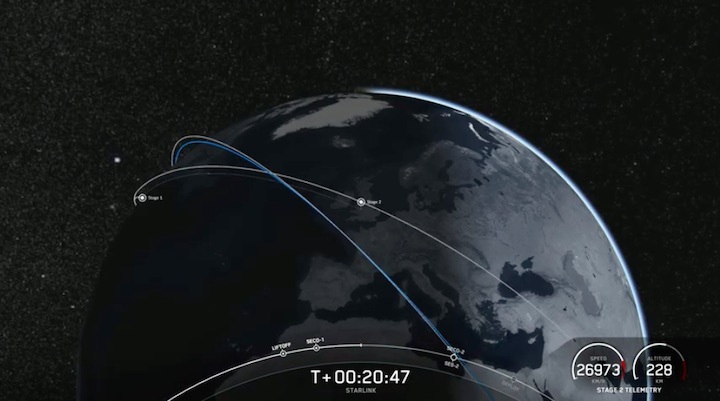

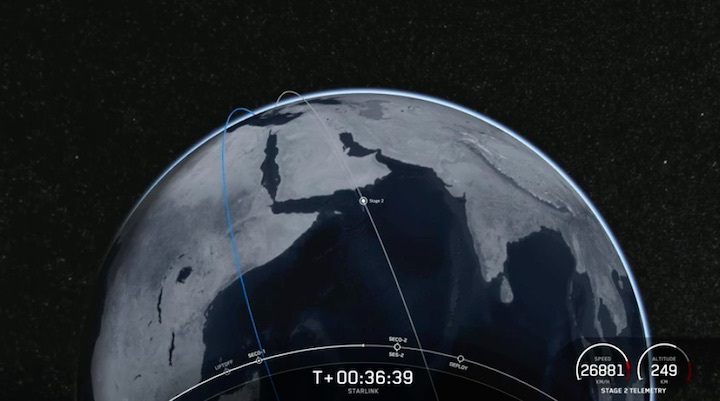

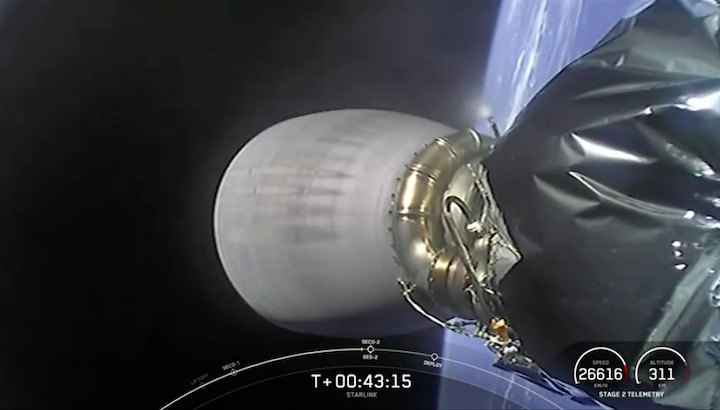
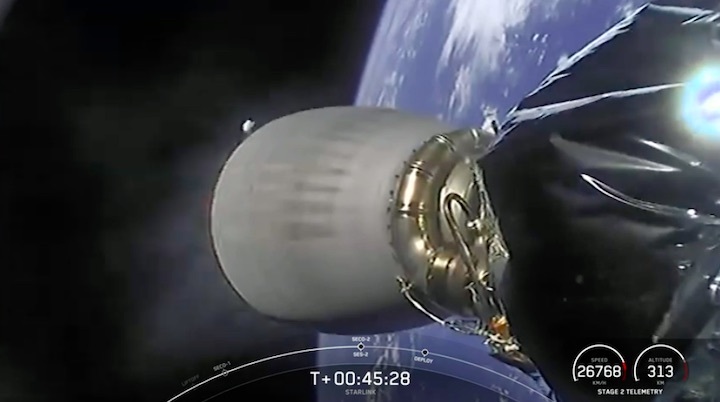
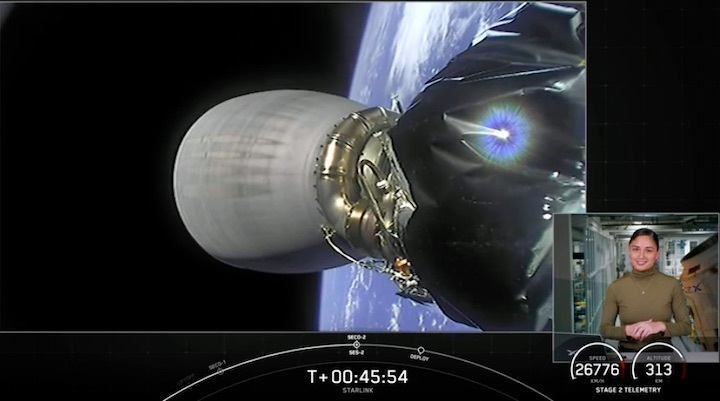
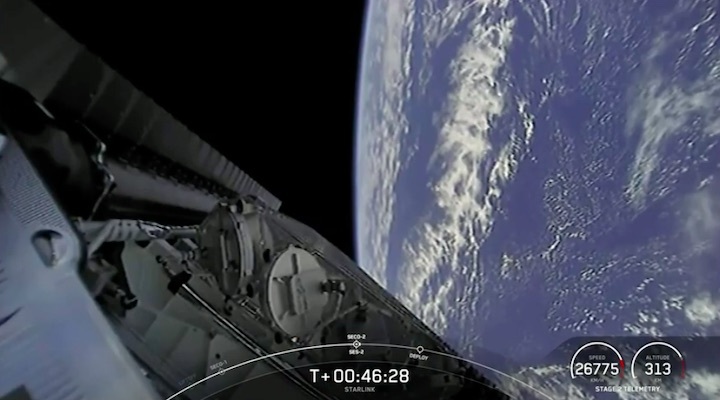
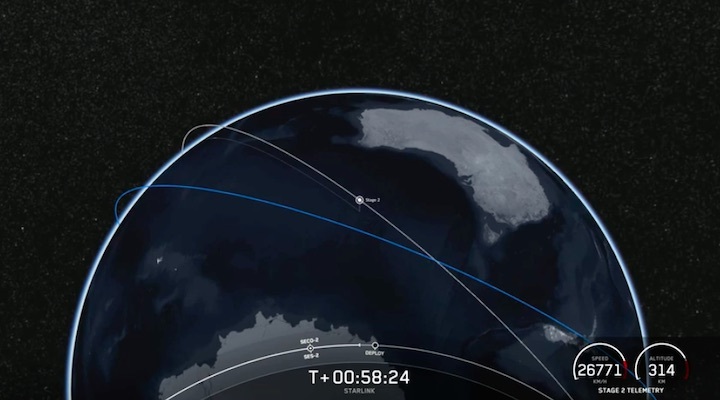
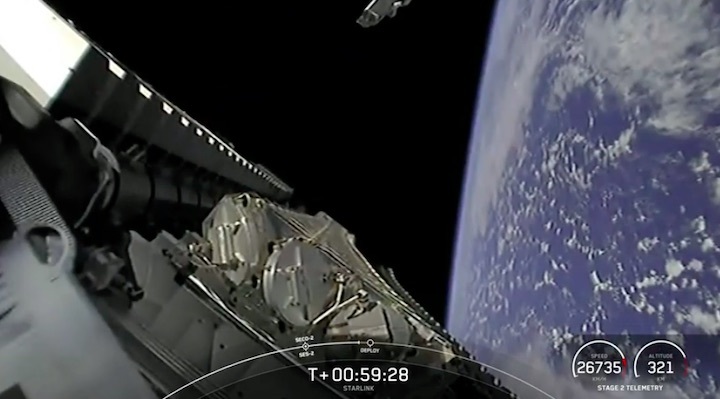

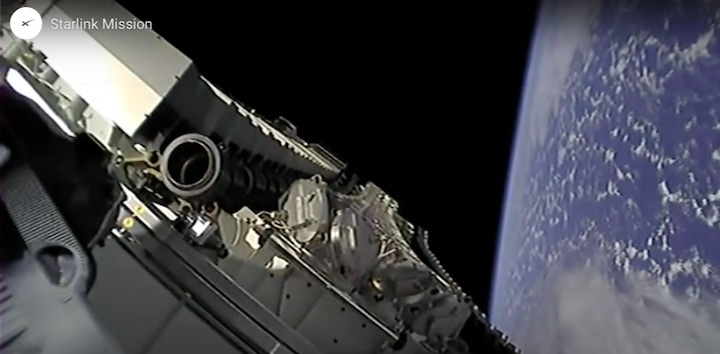
Quelle: SpaceX
